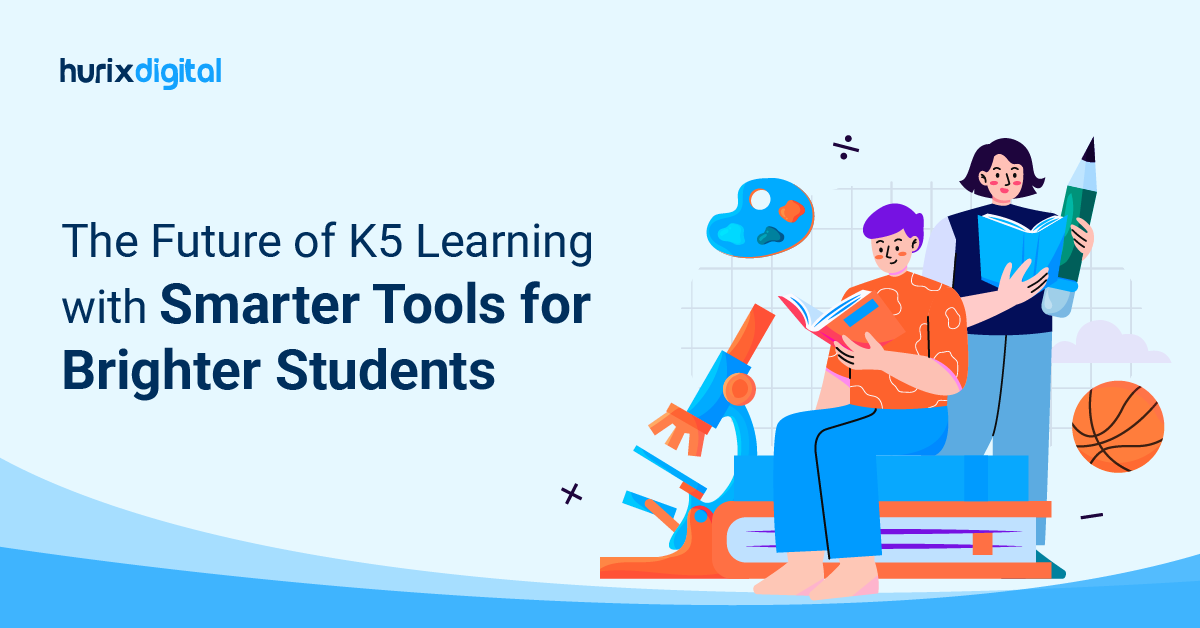
The Correlation Between Active Learning and Student Engagement
Learning is more effective when it is an active rather than a passive process.”- Kurt Lewin.
It is high time we shift our focus from traditional learning techniques to active learning within and beyond the books. Traditional learning techniques involve professors completing their lectures for the day while the students either space out or only take notes. Then, two days later, they ought to forget what the teachers taught them in the first place.
You can notice a visible distinction in student engagement when professors undertake an active learning approach to the designed curriculum. They conjure up students’ problem-solving skills, and critical thinking abilities, and unleash their creative minds, all skills necessary to succeed in their future careers and develop a superior leadership personality.
What is Active Learning?
Bonwell and Elson in 1991 described active learning as ‘students doing things and thinking about the things they are doing.’ This means that students can only retain theoretical knowledge when they practically apply it in the classroom through some proven active learning techniques that are evolving in universities in recent times and contributing to massive student engagement in online learning.
In short, some inquiry-led tasks, open-ended questions, and other such active assignments in the classroom itself can imbibe the lessons more practically to implement them in real life as and when required.
The recent pandemic episode shifted education bases from classrooms to online window studying. Unfortunately, this shift has deliberately skewered the scope for budding active learning exercises in the classroom. Now, when educational institutions are once again opening their classroom doors and incorporating a hybrid system of education, active learning activities can resume.
Benefits of Active Learning
Before learning the techniques to implement active learning in the classroom, it is imperative to understand why schools, colleges, and universities are encouraging its application within curriculums.
A Visible Improvement in Critical Thinking Ability
Due to the recent upsurge in fake news through social media accounts and other messaging app threads, it has become difficult to differentiate between a reliable source and an unreliable one.
Collaborating Skills Development
Through group projects and demonstrations, active learning in the classroom ensures maximum student engagement. How?
In traditional learning techniques, students don’t participate in groups towards practical learning. Instead, they just mug up what they learn throughout the semester and churn it all out on their answer sheets.
Student engagement sees its peak in active learning when they are clubbed together in groups for regular projects and questions. These exercises stimulate a potential collaborative spirit that is easily reflected in the future workspace.
Real Problem Solving Capacity
In recent times, curriculums have accepted that problem solving is an essential criterion for getting into a renowned job, so its exercise has become part of the syllabi.
Nevertheless, there is an unwavering agreement that problem-solving training provided in active learning surpasses the bookish problem-solving knowledge.
There is no single solution to any problem, and such activities in active learning ensure that at least two perspectives on the same question can be put forth.
Accelerates Information Retention
Dale’s Cone of Experience states that students can retain 10% of what they read, 20% of what is heard, and 90% of what they do.
In active learning, thorough student engagement ensures that curriculum knowledge throughout the years is cemented through elaborate group activities, collaborative projects, and active problem-solving exercises.
Technical Usage Gains
In traditional forms of learning, students usually don’t have access to technology which has become an integral part of their lives. Instead, they only sit in a classroom while watching a student or a teacher present the lecture to the class.
In active learning, however, there is a more lively approach to technical learning where the students are handed modern technological tools and machines to handle them on their own.
These classrooms have up-to-date technology that students use to complete projects on a daily basis. In addition, it makes students tech-savvy for future job purposes.
You might also like to read: Top 8 Active Learning Strategies to Enhance the Student Learning Experience
Risk-Taking Encouragement
Risk-taking has become a vital part of handling businesses and jobs. Traditional books don’t preach this; they preach the opposite. But the real world is far from perfect, and risk-taking has its good sides as well as bad.
Active learning ensures maximal student engagement whereby they are grouped together to go through some vital risk-taking activities and, if halted, are meant to figure out how they must get out of it.
This prepares the students for their future, where they will have to undertake such activities independently in the workspace. Through active learning, they will understand how to chart their way out in case of an obstacle.
Techniques to Apply Active Learning in Class
Student engagement is a culmination of motivation and active learning activities in the classroom.
Although there are no hard and fast rules to implement active learning in class for maximum student engagement, here are a few ideas on which exercises you can implement in the classroom.
Low Complexity Techniques
- One-MInute Paper- This is where students are grouped together and given a limited time period (1 minute) to solve a question after a topic is taught.
- Muddiest Point- After the lesson, teachers ask students what was the toughest part of the lesson and explain it again through demonstrative activities.
- Think-Pair-Share- Students think about the answers to the questions; they are paired with other classmates to discuss and share their viewpoints on the matter.
Medium Complexity Techniques
- Case-Based Learning- This includes a thorough demonstration of lessons through real-life events or case studies. Invariably, these increase the retention capacity of the matter by students.
- Role-Play- Students get to play out roles and demonstrate the lesson through real-time action.
High Complexity Techniques
- Problem Based Learning- A problem-solving-centric activity where students are given situations of problems they must solve on their own.
- Team-Based Learning- A laudable effort towards team building, these activities group students together so they can work on one project or question as a team.
Bottom Line
Active learning is the crux to building successful candidates for the future where they have garnered superior critical thinking capabilities, are team players, have laudable problem-solving capacities, and are willing to take risks in the workspace. Active learning today gears students up for tomorrow.
Hurix Digital provides you with perfect online K-12 content solutions to streamline your content efforts and catch students’ fancy.








